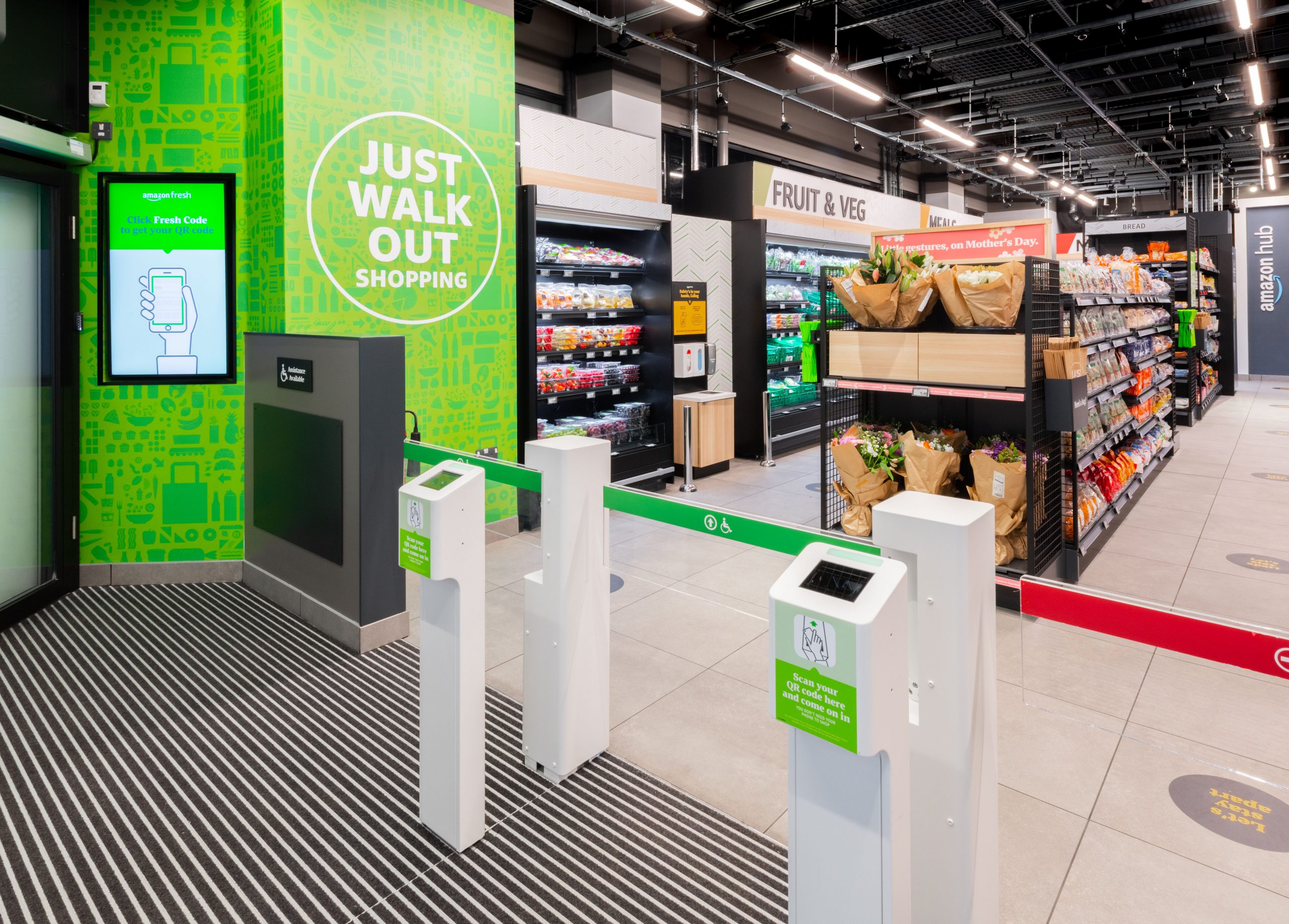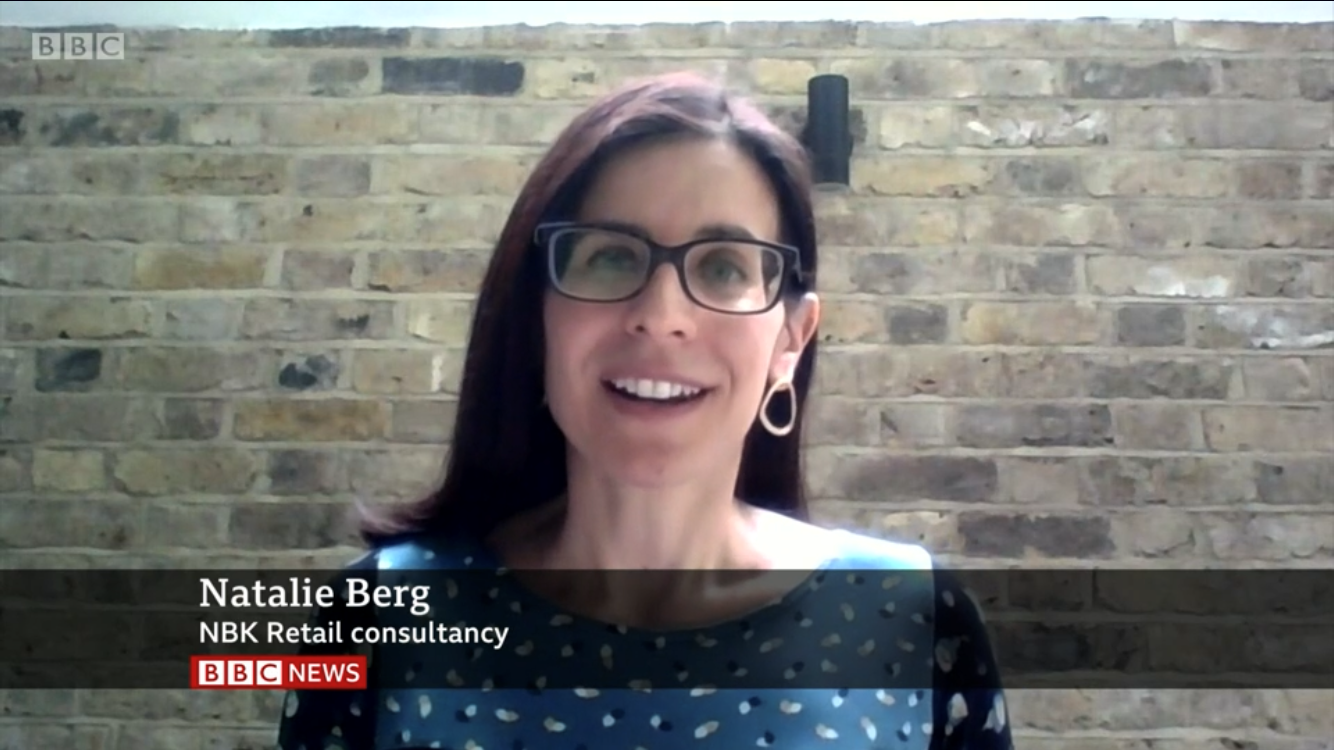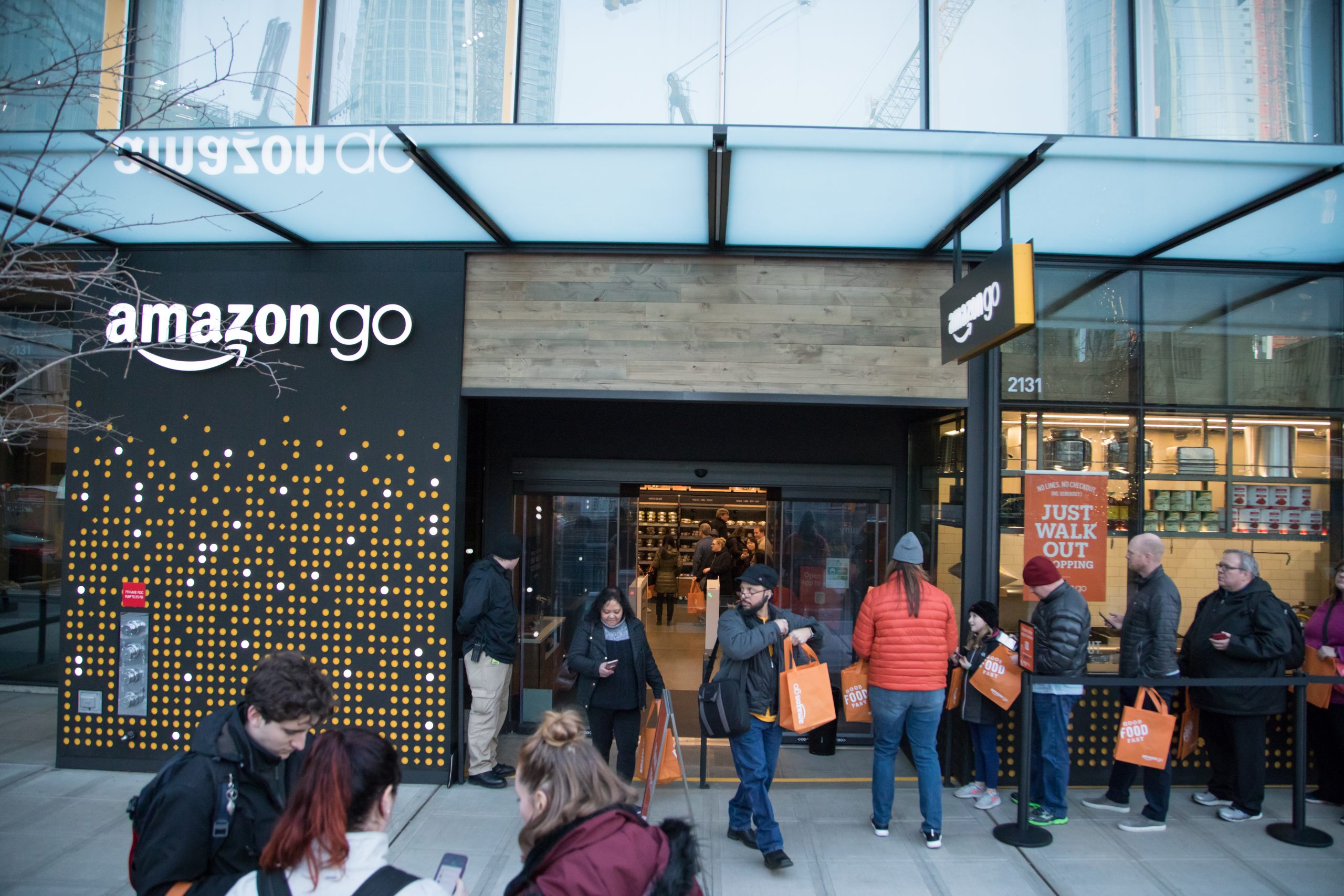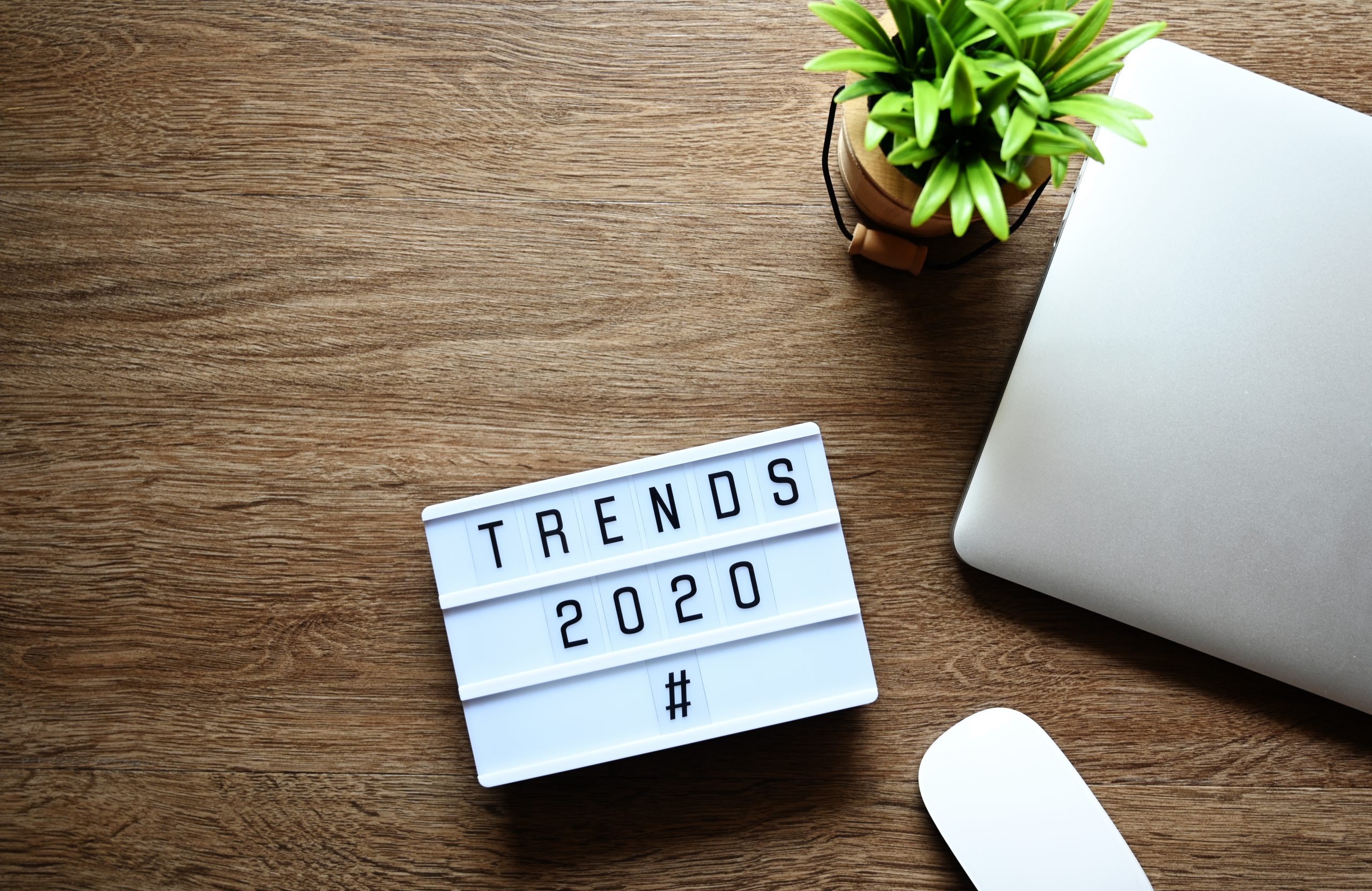The final whitepaper in our series with Red Ant explores how bricks & mortar stores must evolve to become genuine hubs for fulfilment.
The most successful retailers today are those that view their stores as assets not liabilities. As contradictory as it may sound, they understand that the key to growing e-commerce sales is leveraging their physical infrastructure.
These retailers also recognise that traditional metrics for success are no longer valid in today’s omnichannel world; the future of retail isn’t solely online or in-store but a blend of both channels. A OnePoll survey shows that nearly 40% of shoppers use online and store channels equally.
So, the store estate is actually an asset, but problems arise if they are not fit for their new purpose. As 20% of UK retail sales now take place online, less physical shelf space is required. Instead retailers need to dedicate more space on the shop floor to fulfilment services.
Store fulfilment plus points
When asked what types of experiences they would like when in store, the top three answers from shoppers all related to fulfilment:
- 48% want simple returns of online purchases
- 42% want click & collect
- 35% want to be able to order online while in store when items are out of stock
There’s no denying that the rise in online shopping has come at the expense of physical retail sales, but we can’t overlook the many opportunities it has also created for those retailers willing to evolve.
One of the main draws of click & collect is the ability for customers to ensure product availability before heading in-store, as 40% of shoppers surveyed say that knowing what you want is in stock is a factor in choosing one retailer over another.
Over half (51%) cite not having to wait for deliveries as a reason to shop in store versus online. Customers coming home to the dreaded “sorry we missed you” note adds a lot of friction to an experience that is intended to be anything but.
Holistic customer experience
Click & collect is, therefore, a no-brainer for retailers, and many have been quick to recognise that in-store collection and returns can improve footfall and consequently incremental spend. Countless studies have shown that shoppers often purchase something else once in store and herein lies the opportunity: retailers must engage with shoppers at the point of collection in a bid to cross-sell or upsell based on the items that have been reserved.
Making the most of this, however, depends on equipping store associates with the right technology. The aim should be to establish staff as trusted shopping companions rather than simply someone who gives the customer their order and ticks it off on a list.
The data is there, but retailers need to connect the dots to offer that holistic customer experience.
Download Store of the Future: The Store as a Fulfillment Hub now to get the full picture and read more of Natalie Berg’s expert insights.









